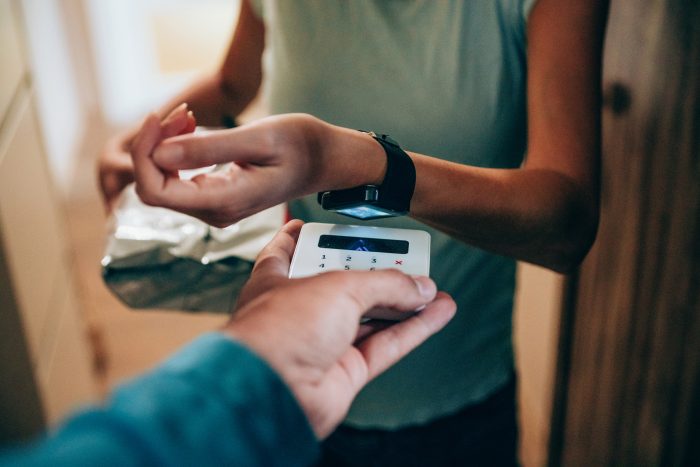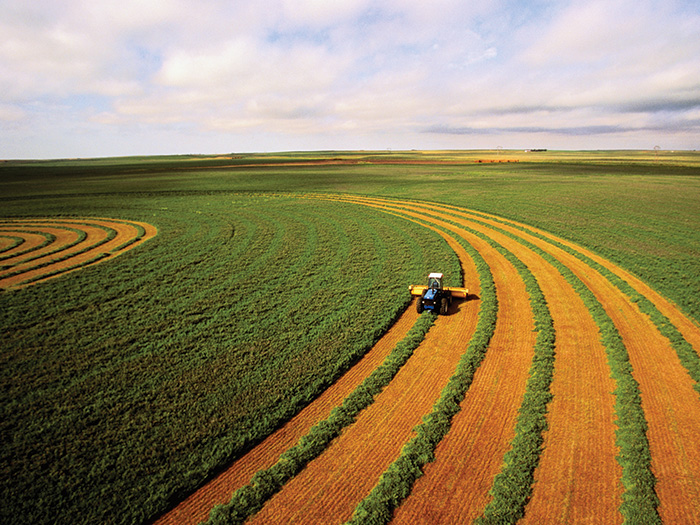Aon’s Scott Smith and MakuSafe’s Tom West Stress the Importance of Using Wearables to Get Actionable Data

The world is becoming more data-driven, and that trend is seen in workplace safety advancements. The potential to better objectively identify and understand risks and ensure safety is being propelled by technology beyond what the eye can see or what the mind assumes it knows.
In a digital session at the National Ergonomics Conference, “Using Advanced Wearables and 3D Dynamic Biomechanical Modeling,” two experts used real-life examples to illustrate how safety hazards are being mitigated by incorporating the newest innovations in wearable safety technology, machine learning, AI and cloud computing.
Given the number of ergonomic-related injuries in the workplace and ample associated costs, the need for better ways to predict or resolve potential hazards is evident, said Scott Smith, director of ergonomics for Aon Global Risk Consulting.
Aon studied $1.4 billion worth of workers’ compensation claims and found that injuries involving poor ergonomics account for 51% of the total incurred cost of those injuries. The average organization’s losses amount to $6.75 million per year to deal with ergonomics-related injuries.
New Tools for Risk Analysis
Traditionally, ergonomists have used a variety of risk analysis tools, some of them 15 to 30 years old. Smith said they are highly variable, and at best, are screening tools that assess what a user sees or assumes.
With the introduction of smaller, wireless wearables and advances in biometric technology, it’s possible to more precisely analyze what damaging forces are acting on the body or in a workplace.
“You can have a person with all these sensors on them and collect a lot of data that is processed by a fairly advanced software program to calculate all the forces and torques acting on the joints,” Smith said.
“There are 600 muscles we can focus on.”
Collecting data can correct false assumptions about job risks and can help a company improve training. Smith, who frequently works in the field with clients, describes the case of a municipal bus service dealing with employees complaining about wrist and hand injuries from pushing buttons to activate a ramp.
“I went out and measured the button force,” Smith said.
“The force required to activate the button was two pounds. But employees were applying 11 pounds. As I explained to the employer, it’s like when you’re at a cross walk and you imagine that pushing the button harder will make the light change faster. It doesn’t.”
The company decided to train its employees on pushing the button using lighter force and saved on having to potentially replace the expensive ramp controls.
Using Data Collection
Collection of objective data through wearables also can provide defenses in workers’ compensation claims, said Smith, who notes another example of a company that was hit with a significant number of lawsuits in a matter of weeks alleging injuries on the job after it announced it was closing.
Scott measured the hand muscle activity and whole-body postures of employees performing a sorting task and collected 40,000 data points. The analysis revealed that the job did not have any risks related to the types of injuries being claimed.
Using this type of data-based analysis allows companies to make a better decision as to the legitimacy of a claim and if a claim is worth the effort to fight.
The Future of Wearables
The future of wearables, according to Smith “will be in getting all the data measurements into one system. Right now, there are three to four systems that you are trying to bring the data into. That’s going to be an evolution in the next six months to a year. That’s going to be even more groundbreaking.
Tom West, vice president at MakuSafe in DesMoines, Iowa, said the start-up company is excited about the potential for its wearable safety device that can measure aspects of a workplace environment including temperature, sound dosage, hazardous human motion, and ergonomic concerns. It also can aid companies with features like contact tracing for COVID management.
The company did pilot programs with various businesses including warehouse/distribution centers and light and heavy manufacturers in 2019 to see how its wearable device that costs $22 per unit per month would assist in identifying hazards. In many cases workers compensation insurance carriers arranged for pilots with their industrial policyholders.
“We gathered a lot of data about conditions in these facilities that were outside the norm,” he said.
“When we asked participants if these conditions were not identified by our technology, could they potentially lead to an incident? In several instances the answer was yes.”
West says hundreds of thousands of dollars in potential losses avoided were identified by MakuSafe wearable technology in these pilots. A report summarizing findings is available here.
An example of a problem that can be detected involved a worker who repeatedly exhibited an indicator of push/pull motion with high force. A safety manager spoke with the employee who said tool cart had a couple of broken casters and was causing him to use more back and shoulder force than usual.
“That’s the kind of thing that may not immediately get reported to safety leaders,” West said.
“It can cause an exertion injury and probably would’ve gone undetected if the data hadn’t been gathered.”
Why You Need to Collect Data on Near-Accidents
West often asks companies if they have a structured program for collecting information about near-miss safety incidents and front line observations. Many do, but the majority say they want and need more of this leading indicator data about potential hazards and risks.
“There are far more things occurring on the front lines than anyone takes the time to report,” he said.
“What we’ve done is create technology that automatically collects data from around the worker so they don’t have to remember to fill out paperwork in the next building before they go home at night.”
Another feature of the device that works in an arm band is a voice memo function that allows users to report safety concerns.
A worker in a far corner of a warehouse who spots a pallet that looks like it might fall can easily record a memo about the hazard which is sent to safety leadership in real-time, about 30 seconds.
A cloud-based software platform, called MakuSmart, gathers the data about changes in the environmental conditions of a facility and potential hazards. Then machine learning and AI can generate notifications about high-risk trends and analytics for safety teams to view on any device including smart phones.
West says a safety manager can take a look at the data that’s been collected—three workers’ slipping in a loading dock or a report of high heat or noise in an area, for example—and use that information to decide how to prioritize their work.
“Those indicators lend focus to help a manager decide where to look or who to talk to,” West said. “It arms safety managers with information that’s easy to understand and actionable.”
Having data about potential hazards can also help a company change its safety culture.
“We arm safety managers with insights so they can have meaningful conversations with their workers,” West said. “It’s very much about having an effective safety culture and mindset and higher levels of engagement.”
West said that wearables present an opportunity to prevent injuries before they happen.
“Those near misses and observations are referred to as the Holy Grail of keeping people safe,” said West. “Safety managers don’t get nearly as many of those reported as they’d like, but that’s changing.” &










